I just got back from a month in true retreat. I was rather cryptic about where I was heading and I committed to not sharing my experience in real time on social media. Golly, what freedom! I’m happy to now flesh out the details because I reckon a few of you will find them interesting.
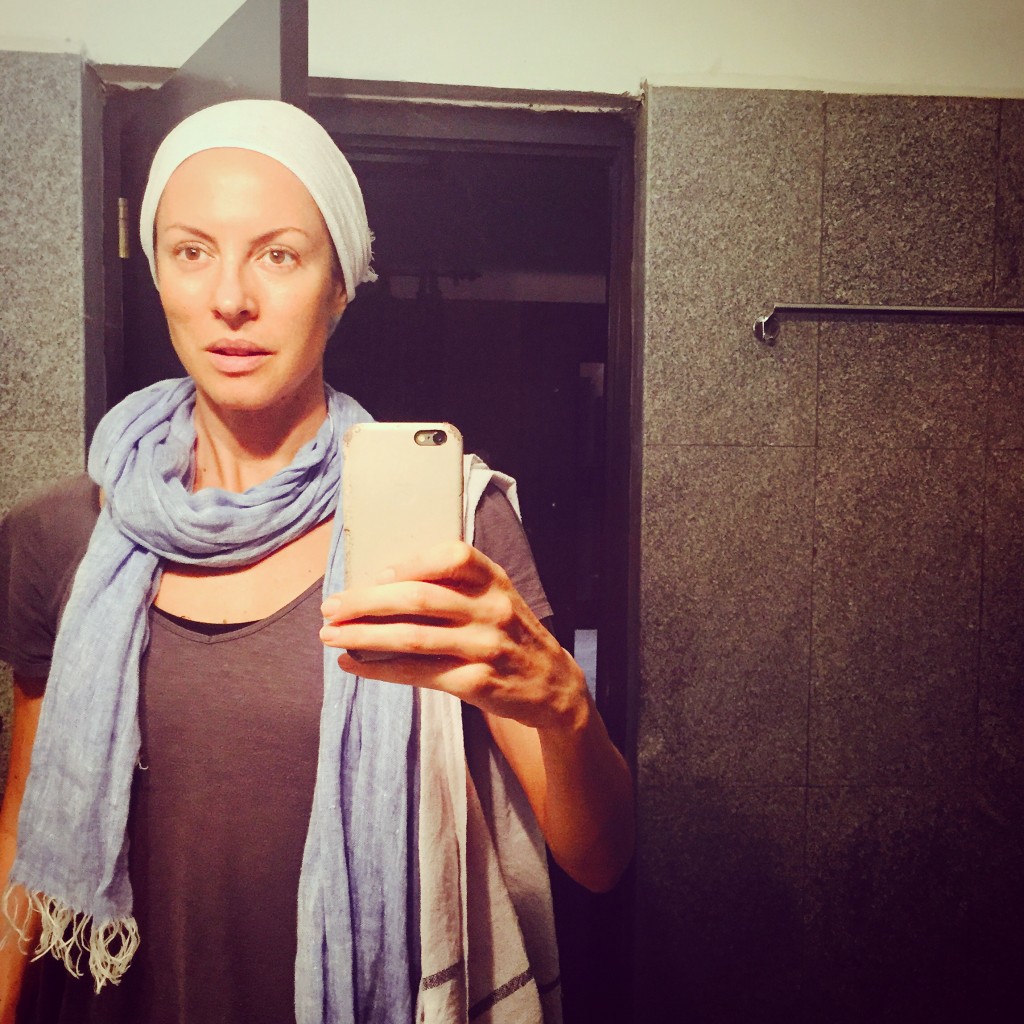
Where did you go?
India. To a hard-core Ayurvedic clinic – Vaidyagrama – in Tamil Nadu, an hour from Coimbatore, which is just north of Kerala. Which is to say, eons from any semblance of a tourist trail.
Why?
As many of you know, my autoimmune journey is a perpetual one. I manage my disease. And I do this by experimenting. I’d been told for years that Ayurvedic treatment was a boon for AI. I very much subscribe to the Ayurvedic tradition of yoga, meditation and the eating principles of this ancient discipline. But I wanted to see if a committed 3-4 week panchakarma (see below) treatment would take my healing to loftier heights.
I’ll be frank. I didn’t want to go. My acute sense of smell and hearing rendered India a torturous prospect. Every bit of me wanted to go hiking in Switzerland. And I even had an escape plan if I couldn’t cope (I’d researched plane flights to Paris). But something kept drawing me back to giving it a crack…
And why that clinic?
As with everything I do, I researched the bejesus out of “most authentic Ayurvedic clinics in the world”. There are three main types of treatment centres – austere clinics run much like a hospital, and, at the other end of the spectrum, plush, white-robed luxury retreat centres with a westerner-friendly treatment regime chucked in. In the middle are comfortable homestays run by, usually, one doctor and an assistant, and day clinics (where you stay in your own digs nearby).
Needless to say, I went the austere clinic route. Vaidyagrama is a live-in clinic where you’re assigned a doctor and therapist who monitor you daily. The medicines are prepared on site, all food is cooked to strict Ayurvedic principles (and, mostly, grown on the property) and delivered to your room (where you eat solo) and prayer and meditation – in sanskrit – are part of the program.
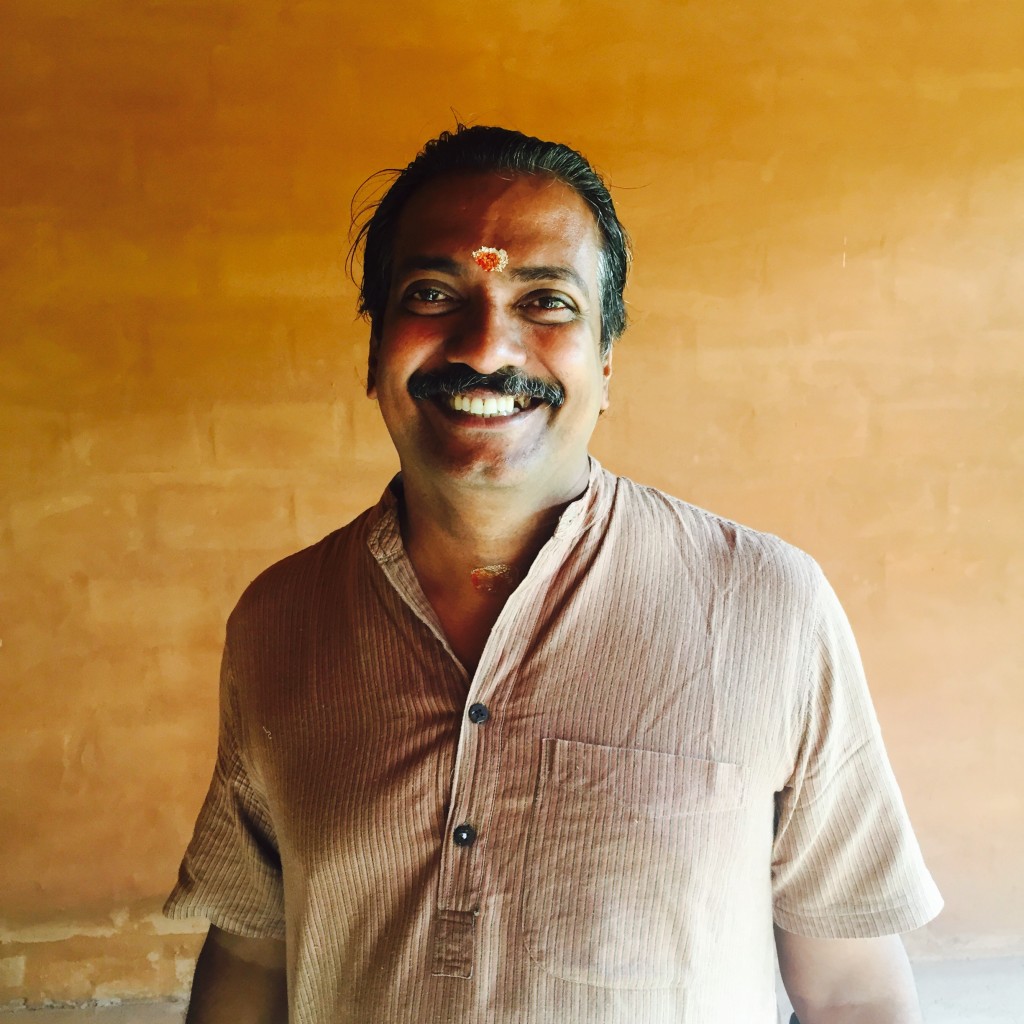
Vaidyagrama takes the authentic schtick even further: the building itself is made from the clay it stands on; everything is recycled (excess food is composted and fuels the hot water for instance); and a chunk of the proceeds from the clinic fund the surrounding villages, setting them up with farming land so they can grow veggies to sell back into Vaidyagrama and feeding the villagers.
The place accommodates 20-30 patients at a time who drip-feed in from around the world. All of us have chronic diseases. All of us are on journeys.
Oh, another reason I chose this place – it entailed the smoothest journey in and out (important when you’re off to get healed; frenetic travel can undo the good work). Coimbatore is an international airport, so no internal transfers or passings through Delhi or Mumbai required.
So why no soap or loo paper?
If you’re going to do something, do it properly. Vaidyagrama oozes this mantra. Avoiding chemicals (soap) and disposables (loo paper) are part of the deal. I respect this and it added to my experience. After treatment we were washed in mung bean powder. Yep. And we hosed our bottoms. There were no towels (we used torn up cloths), TVs, air-con, daiquiris by the pool.
You? No exercise?
Yeah, this bit hurt. We were asked to move as little as possible to allow the treatment to break down the body, release the toxins and then to rebuild. For the duration of my stay I was allowed to do 2-3 laps of the quadrangle a day. Yep, images of a jail stint came to mind. The quadrangle is covered – sun exposure is also advised against (again, it comprises the bodies ability to release and rebuild). Robust reading, phones, internet, animated chats are all discouraged for the same reason. I came to fully appreciate the worth of these stipulations… more on this later.
But as with all things Ayurveda, there is no right or wrong. Just better ways to live.
What was the actual treatment?
Panchakarma. Which is an intense detox, with the purpose of strengthening the immune system and restoring balance throughout the body. It works across body and mind and is considered the most effective healing treatment in Ayurveda. You can read more about how it works.
My days went like this: awoken at 5.45am for kashayam (a home-brewed Ayurvedic medicine of herbs and spices). Then prayer/chanting with the other patients for an hour. Then breakfast (red rice and veggies in coconut oil and mild spices, or idli with a coconut “chutney”). Then hang in your room staring at the ceiling fan. My lovely doctor would visit and assess my progress (tongue, pulse, eye readings) and chew some spiritual and philosophical fat for a bit. Then lunch in your room (red rice, buttermilk, a mung bean soup flavoured with curry leaves and mustard seeds, and 2-3 vegetable dishes of yam, gourd, beetroot or okra). Then yoga nidra and your treatment (some sort of massage with either oils, milk or rice powder, depending on your dosha or health need). Then satsang (a lesson from one of the doctors). Then more prayers. Then dinner in your room (same as lunch, but half the size). Repeat for 27 days.
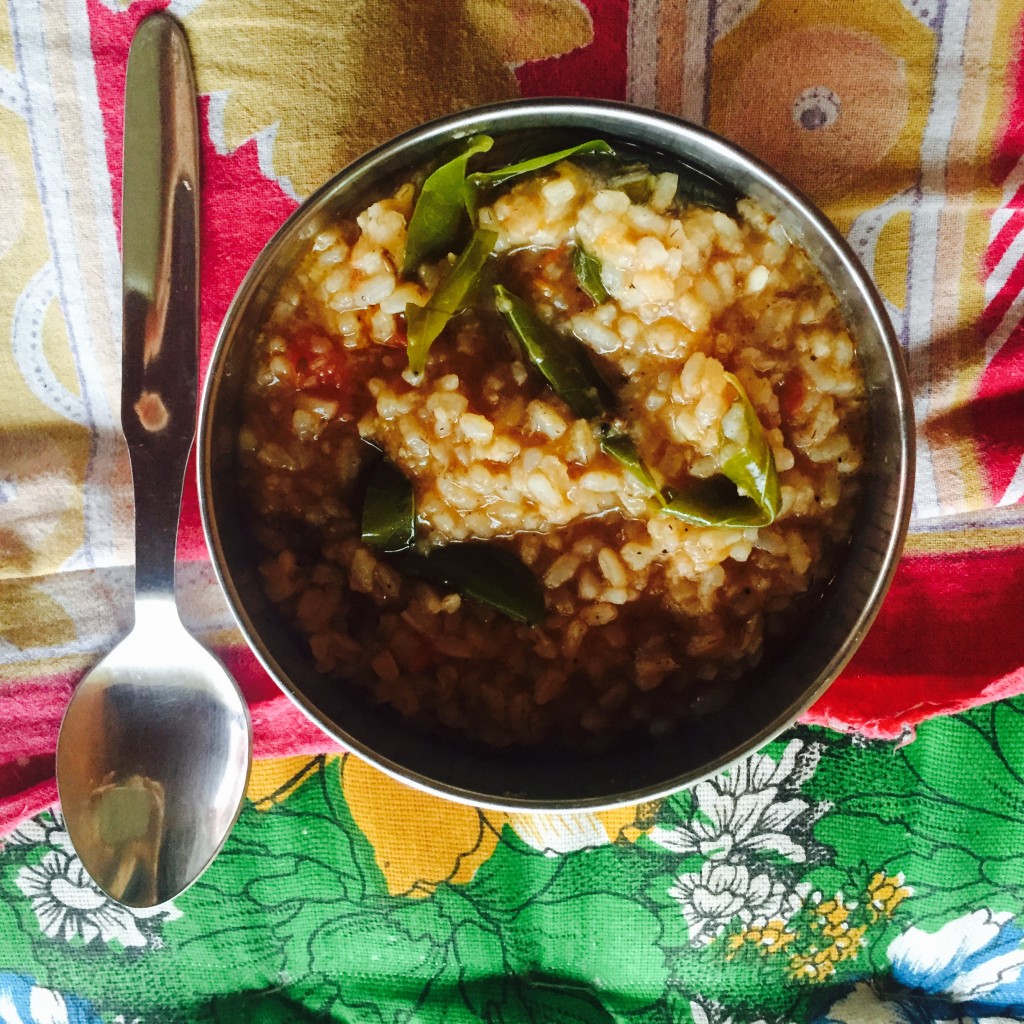
(To learn more about Ayurvedic eating check out the Ayurvedic cooking tricks I use to help with gut bloat, or these seven Ayurvedic spices for sugar cravings.)
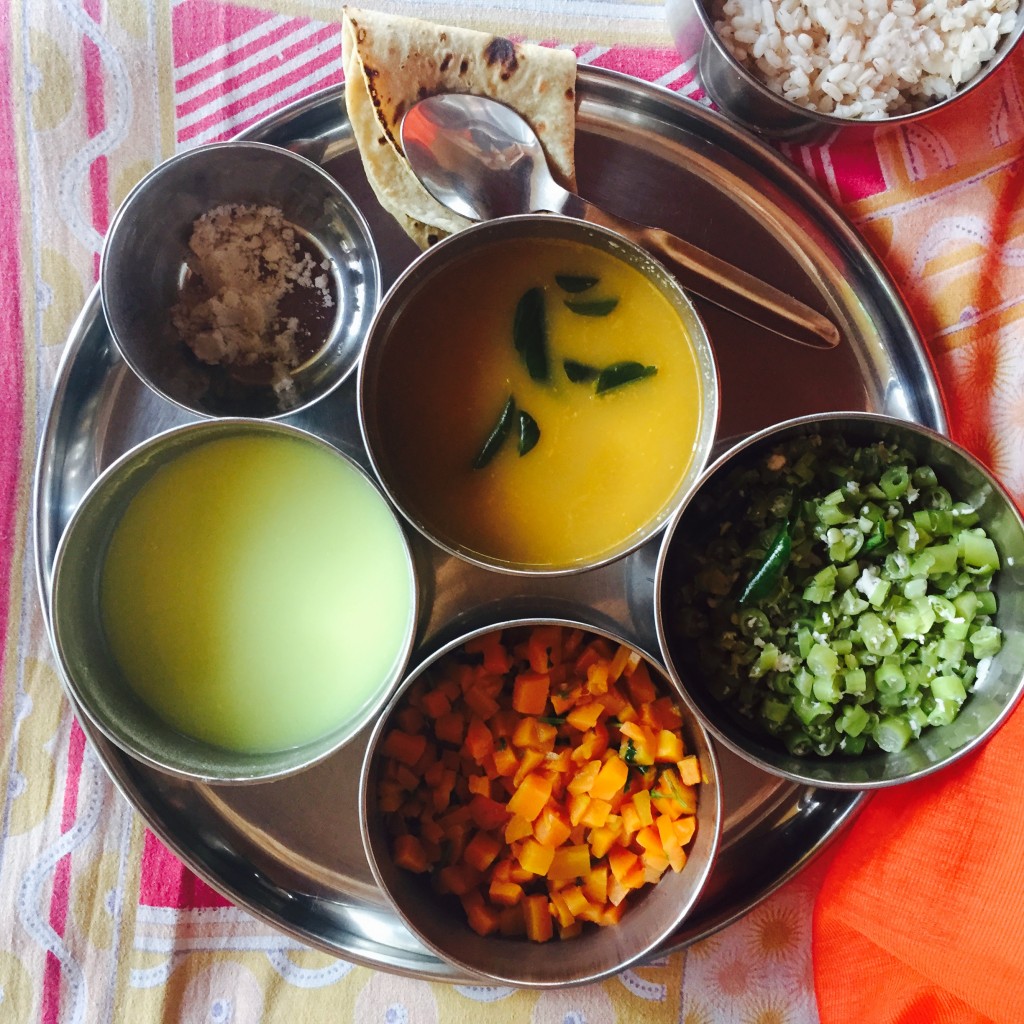
The above is punctuated by treatment blocks. Depending on your health issue, your treatments might be a ghee purge, vigorous scrubbing with herbs, nasal cleansing…and during these treatment periods most of us revert to “the boiled rice water diet”. As it says on the packet, it’s water leftover from cooking the boiled rice. Sounds gross and scary from a nutritional POV. But my experience of it countered my fears. Indeed, the diet during my stay went against everything I normally live by – it was vegetarian, grain-based etc. But due to the mindful prep and the spices used, I experienced only sound digestion and satiation.

Surprising discovery: I didn’t crave anything while I was there.
This is the sell-in line of Ayurveda: it doesn’t work to macro or micro nutrients. It uses the five tastes (and the right combination of them) to nourish and satiate. Hard to fathom until you try it. My experience was that within three days I had no desire for any of the usuals – coffee, wine, pork, chocolate.
Did it work?
I won’t know for a bit. It takes a few months for the deep benefits to kick in. But I have certainly experienced a very new (to me) calmness and steadiness since getting home. My treatment was compromised by the fact my period came early, and twice. Plus I got a bronchial infection. So treatment had to be modified and toned down for me. But my doctor was calmly convinced this is all just as it was meant to be. Which leads me to the real benefit of the whole caper…
The best but hardest bit?
The mere fact I was confined in the most extreme sense for almost four weeks was the real gift.
* It forced true retreat upon me. If you’re like me, this notion seems alluring, but in practice it requires serious rewiring. I was rendered choiceless. Or rather, I sought out this choicelessness. I write of this often – creating our own boundaries.
* Further, it forced me to face my deepest demons. Like many of you (I think!), I have a habit of blaming when things get uncomfortable – my parents, co-workers, cab drivers, the weather. At Vaidyagrama not only was I thrown into extreme discomfort (thus thrusting up my control freak demons for full-frontal examination), I was also alone. In a room. With only a ceiling fan and some geckoes to rail at. My ego screached through all kinds of hell during my stay. But I can confidently say I emerged, stronger and steadier for it.
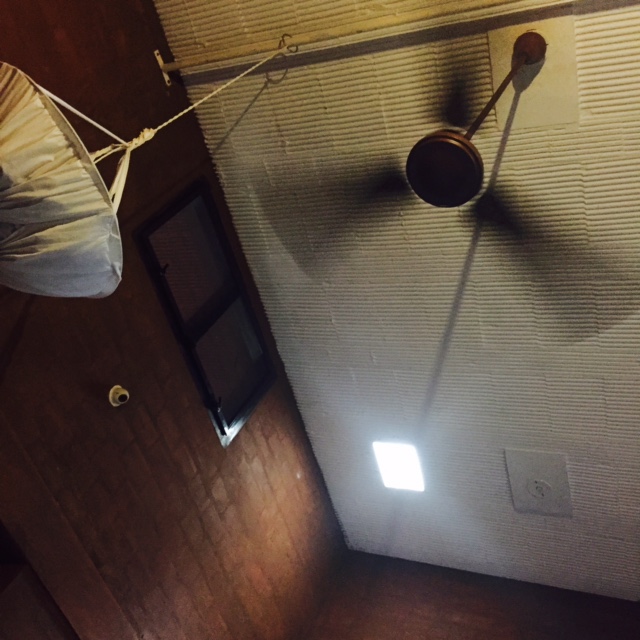
The short explanation: I surrendered. Which is a process sometimes we have to be forced into.
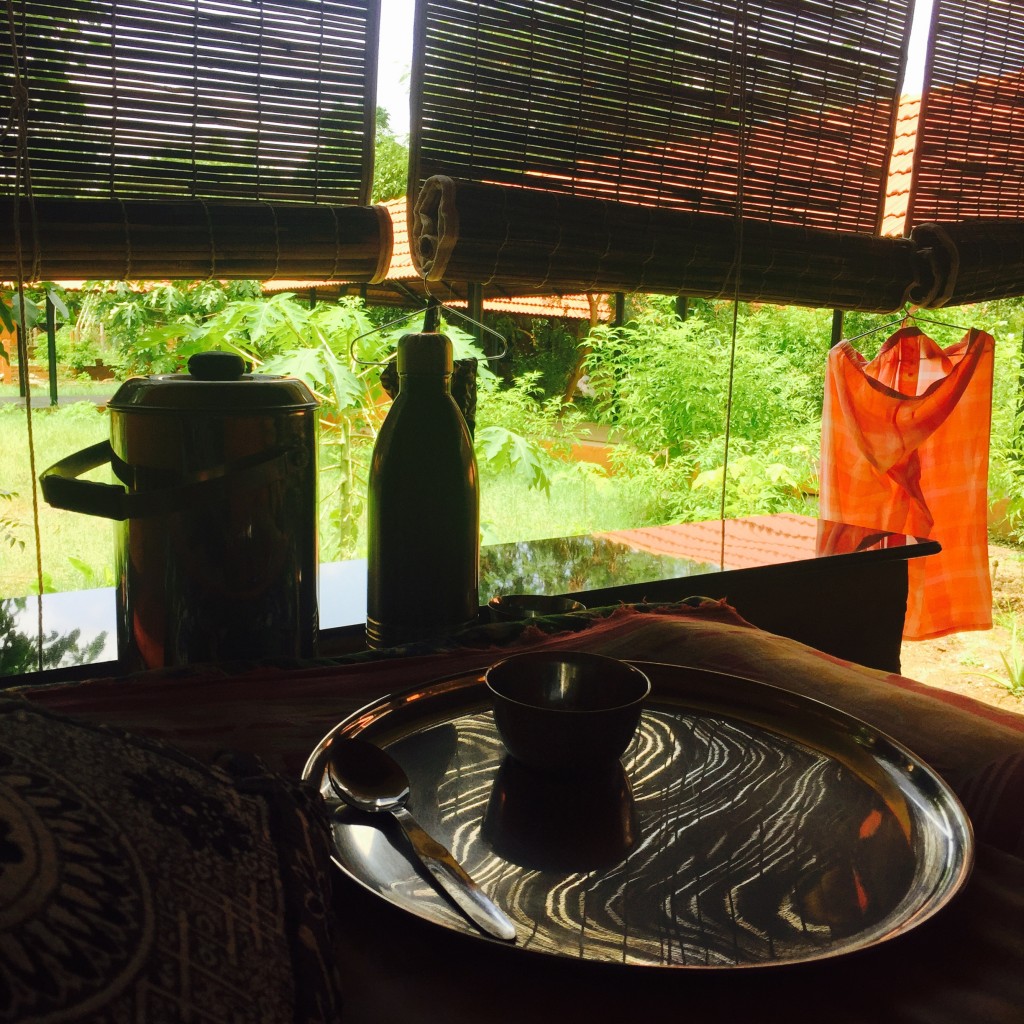
And afterwards?
Flinging back into the real world is discouraged. After panchakarma, you’re left very raw. I decided to ease my way back with a four-day stint at a gentle, Ayurvedic retreat that had a yoga focus. In comparison, Shreya’s Retreat in Nelamangala, Bangalore was Ayurvedic-lite (in terms of the food and treatments), however the yoga (gentle but intentioned hatha and ashtanga) and meditation (sublime one-on-one sessions with former monks who’ve worked there for over a decade) is at the perfect pitch for someone in my state. (BTW – if you’re wanting an Ayurvedic-inspired yoga/detox holiday and you haven’t done a stack of yoga before, then this place could also be your cup of chai.)
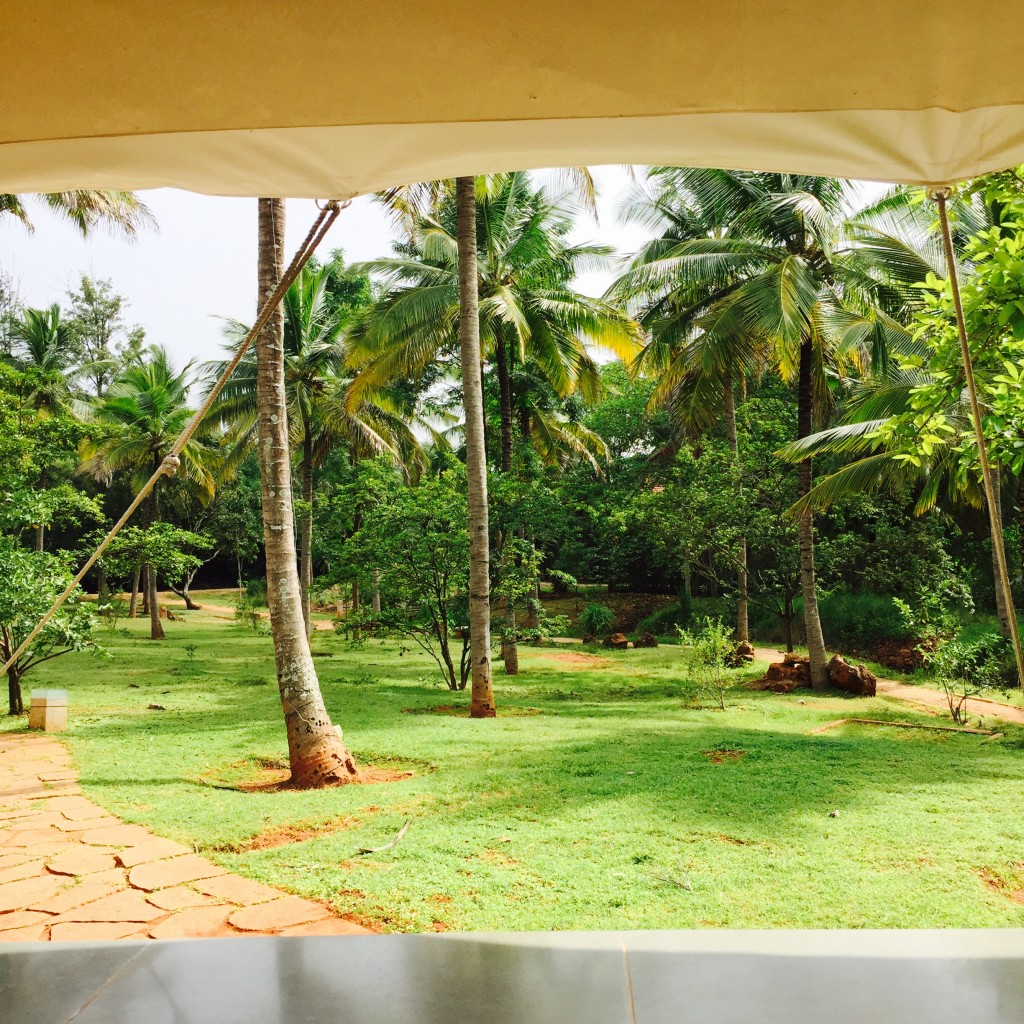
It was an easy jaunt there – a 50-minute flight to Bangalore where you’re whisked from the airport to the jungled grounds and planted into your luxury “tent”…with soap and loo paper and white robes and the rest. One word of caution for the noise-sensitive among us – it is very close to a train line, which kind of disrupts the serenity (ask for a room by the pool!). One word of advice: be sure to get a massage in the hut in the vegetable garden (which supplies the kitchen). Another word of advice: think about not even going into Bangalore for a day before flying out. I did and it truly hurt my sensibilities. But, then, I don’t like noise, smells, big cities, malls, shopping or hotels. I did, however, enjoy this dosa from a place set up in a carpark where locals hang on a Sunday morning and gossip over their chai.
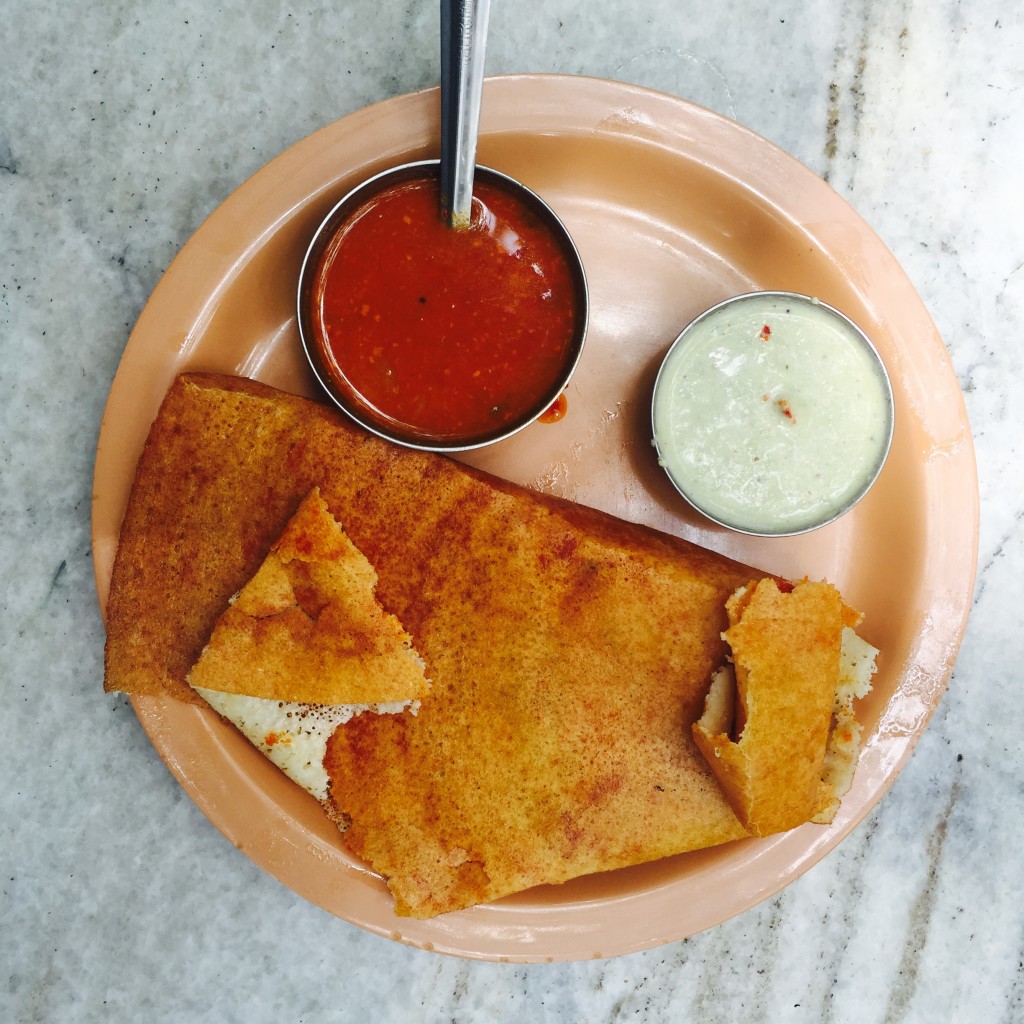
I also loved this palak paneer from Koshy’s, an institution in Bangalore.
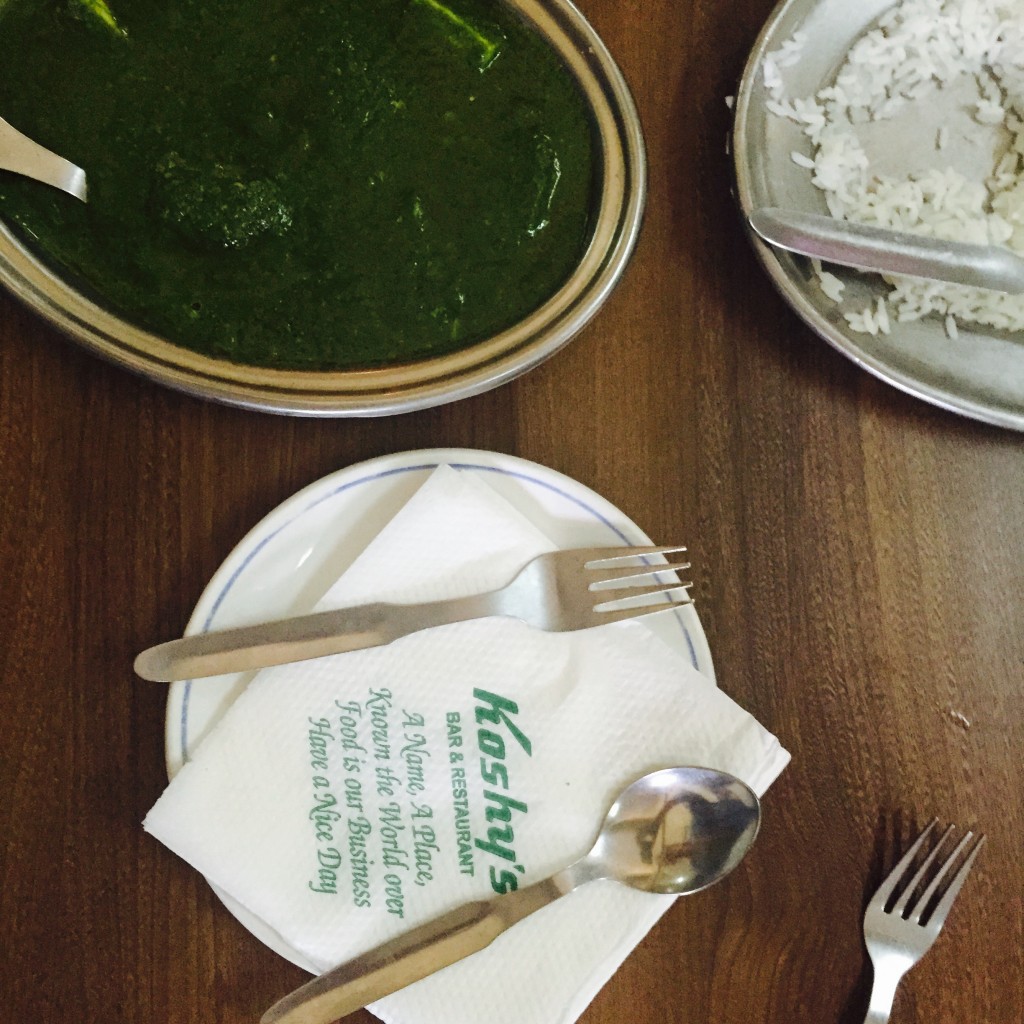
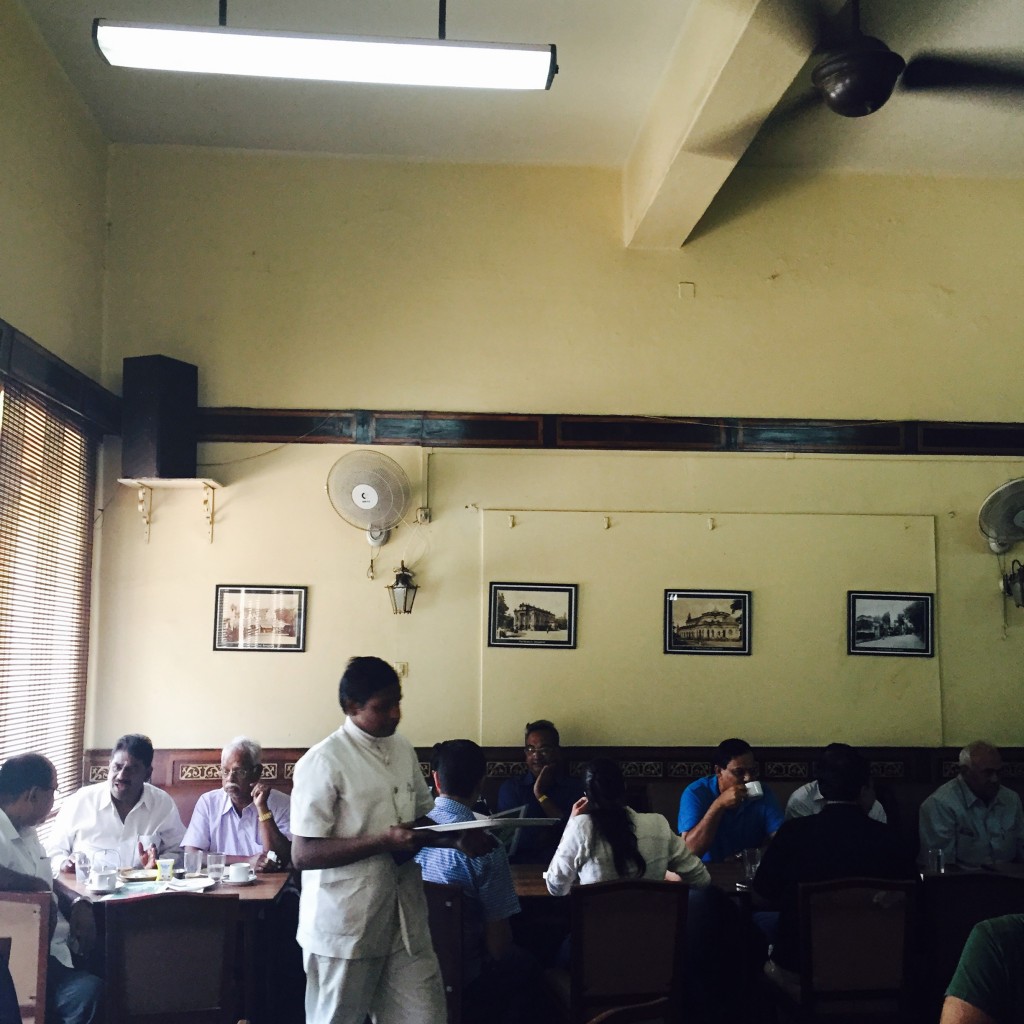
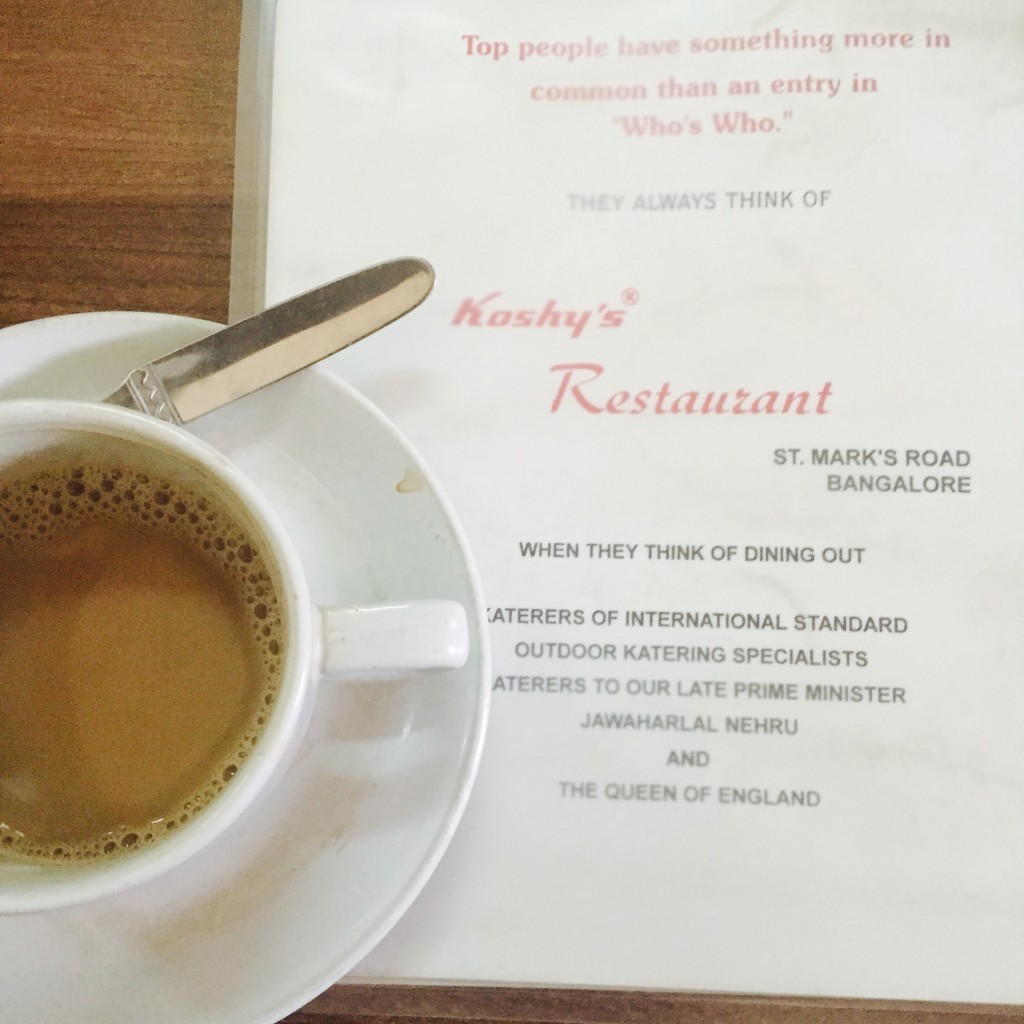
As an aside, I have recipes for both these dishes in my next book, out October.
If you’re after a good list of breakfast joints in Bangalore, this one worked for me.
If you have any further questions, post below. Myself and Nadia from The Mudita Institute (Nadia’s contributed to my site a few times recently as an Ayurvedic expert) will be happy to help where we can. You can also read reader Stephanie Morish’s account of her time at Vaidyagrama.

